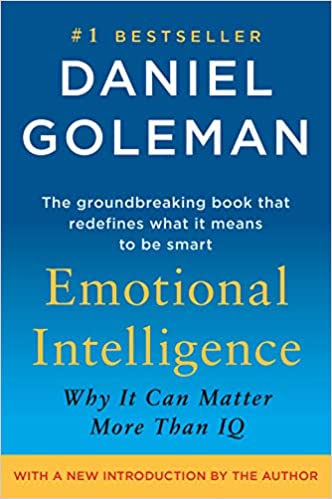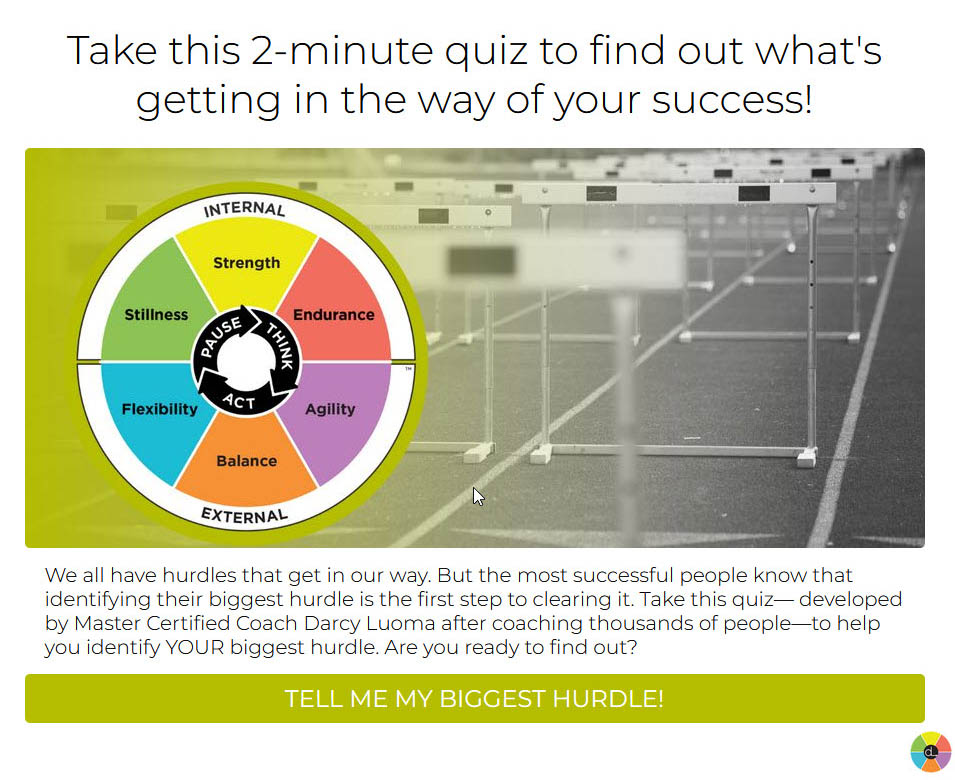My favorite day at the gym is arm day. I love the narrow focus on small muscles that you normally don’t think twice about. I love the simplicity of doing one muscle group at a time: first biceps, then triceps, shoulders, back and chest. I love feeling my body get stronger.
But it wasn’t always like that.
When I first started lifting, I needed to use the lightest weights on the rack. I had no other choice because I wasn’t strong enough for the heavier weights. I felt limited and weak. Slowly (much too slowly for my liking) I got stronger, and my choices in what weights I could pick expanded. Building physical strength takes time and isn’t easy. But it’s so worth it.
Working to be Thoughtfully Fit can also be tough. There are six practices that make up the Thoughtfully Fit model, and when you practice Strength you’re consciously choosing how to show up in any situation. For example, choosing to act confidently, courageously, vulnerably, or maybe calmly—despite the circumstances.
Admittedly, some situations require more Strength than others.
Consciously Choosing Strength
Just like I couldn’t do a 30-pound bicep curl, it takes work to build your muscle to be able to consciously choose your behavior in any situation. Slowly building your Strength in small situations ensures you’ll be ready for those that require a heavier lift. Here are some tips on how to practice Strength.
Start small. There’s no shame in doing bicep curls with a two-pound weight. Start where you are. When you’re practicing Thoughtfully Fit Strength, start small. Practice being direct with a friend you trust—before moving on to your challenging colleague. Practice smiling and being confident at a small, low-stakes networking event—before needing to project confidence at the big job interview.
Start now. You don’t have to feel better before you can act better. Does feeling confident make you act confidently? Or does acting confidently make you feel confident? It’s a two-way street. If you’re feeling cranky, you don’t have to snap at people. In fact if you wait to feel a certain way before acting, you might be waiting a long time. Bottom line, you can choose to be thoughtful starting now—regardless of your emotions.
Start with your choices. Sometimes people confuse Strength with needing to be happy all the time. That couldn’t be further from the truth. Emotions have an impact on our thoughts—and while we can’t always choose our emotions—we always have choice in how we act. Always. So if you’re frustrated, don’t deny it and put on a happy face. Acknowledge the frustration. And then consider your choices. Being frustrated doesn’t mean you have to huff and puff. Anymore than it means you have to bury it. You have dozens of options for every emotion you feel. And when you practice Strength, you consciously choose what action you want to take.
Doing arm exercises for short periods of time consistently is much more effective than doing a three-hour workout once/month. So here’s your weekly workout to build your core Strength, a little at a time.

One-minute Core Workout
- Pause. During a work meeting or family event (or any situation when you’re feeling emotions), take a moment to Pause.
- Think. What am I feeling right now? How do I want to act in this situation? What do I need to consciously choose?
- Act. Behave the way you want to—not on autopilot being dictated by your emotions.
Strength can be tough, whether you’re working to build your physical muscles or Thoughtfully Fit muscles. But just like how I can light weights now that used to be too heavy, I’ve also worked to not immediately yell when someone makes me angry. With both, the more you practice the easier it gets.
As you practice Strength, you’re getting yourself ready for those life situations that’ll require a heavier lift. They’re bound to happen, so why not train for them now.

Recommended Reading: When navigating emotions and making conscious choices, Emotional Intelligence by Daniel Goleman is a great place to start. This is a classic book that explores the concepts of self-awareness and self-management and other key elements of EQ.



